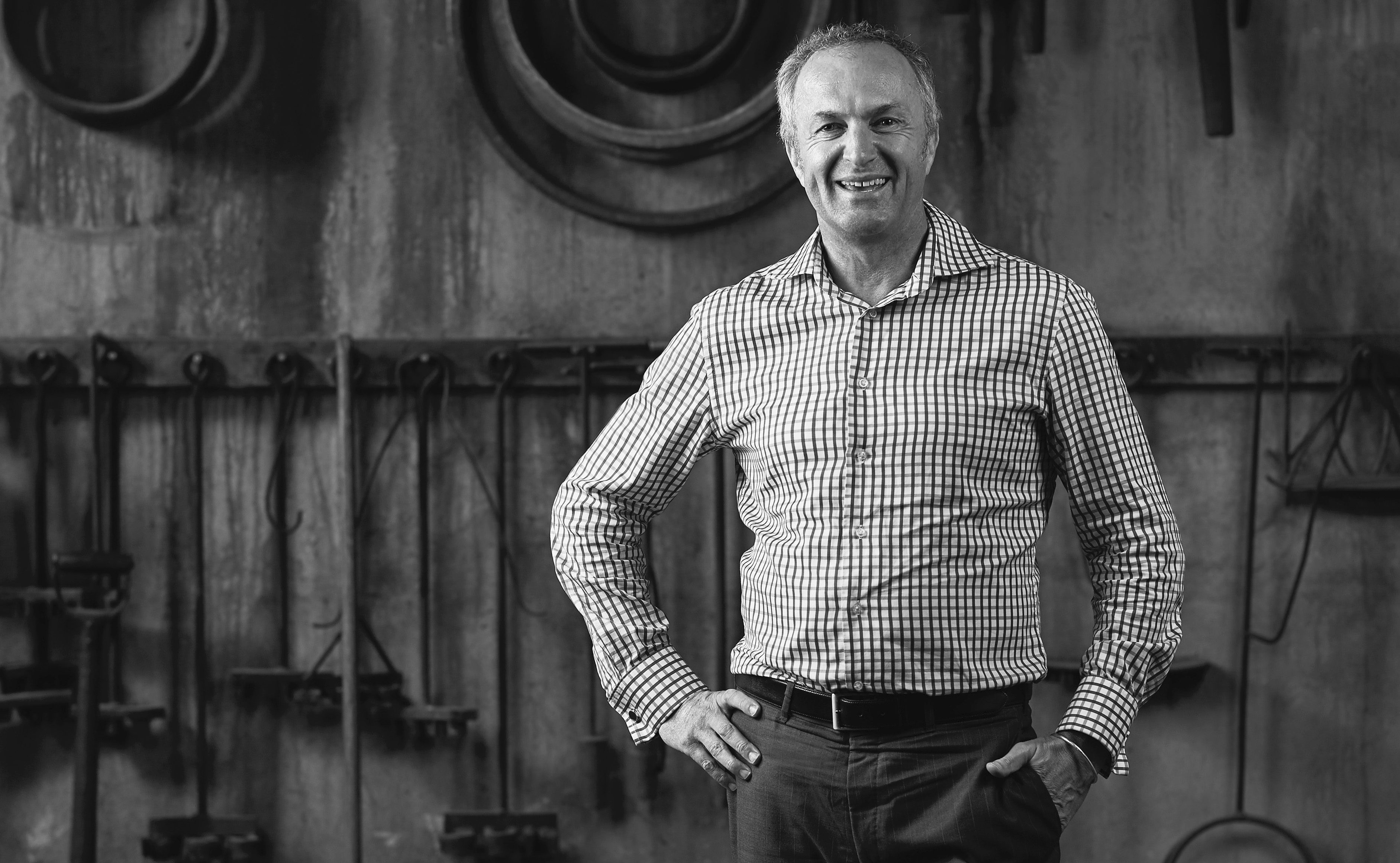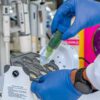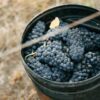
The incoming president of the South Australian Wine Industry Association is all for removing repetition in the wine industry. This article first appeared in the January-February issue of WBM – Australia’s Wine Business Magazine. To subscribe to the magazine click here.
Incoming president of the South Australian Wine Industry Association (SAWIA) Nick Waterman wants to see SAWIA and the Wine Grape Council of South Australia come together as the combined state grape and wine organisation during his three-year term.
“This would mirror the work done at the national level to bring the Winemakers’ Federation of Australia and Australian Vignerons together to form Australian Grape and Wine,” Nick said.
“This work is vital to remove repetition in the industry and to ensure the industry bodies are all playing relevant and effective roles.”
The managing director of Yalumba Family Winemakers says there is reason to be optimistic in the Australian wine industry, but caution is required.
“You can’t deny the growth, but you have to be realistic. Over the past three years, the growth into China has tripled and elsewhere in the world, we haven’t grown very much. If you took China out, it would be a very different story,” Nick said.
“China is now three times the value of the US market for Australian wine, and we must manage that relationship carefully. If there were political issues or issues with trade, and the China market disappeared, we would struggle to find alternate markets for the volume of wine we export to China.
“Having said that, we have to embrace the opportunity China represents, while protecting our brand value and supporting and exploring other markets such as Indonesia, India and other South East Asian markets.”
Nick also wants the South Australian wine industry to push the envelope when it comes to offering unique wine tourism experiences.
He says South Australia has made great progress with connecting wine with food and tourism in recent years, but says there is still plenty of upside.
“Tourist interest in food has gone through the roof and we need to keep pushing ourselves to think creatively about food, tourism and wine,” Nick said.
“I take my hat off to Chester and the team at d’Arenberg for what they’ve done in McLaren Vale with The Cube. What it’s done for that region is unbelievable. And it’s opened up opportunities for other investors.
“But we can definitely improve what we offer generally in our wine regions. And it doesn’t have to be expensive, as long as it’s unique and interesting. For example, here at Yalumba, visitors can watch a barrel being made in our cooperage.”
Nick spent 20 years in the tech world in the Asia Pacific region from the early 1980s, in various roles across sales, strategic planning and management, including running the SA office of NEC in the early 2000s. He moved into the wine world in 2003 when he joined Negociants Australia as general manager. He moved across to Yalumba as chief operating officer in 2014 and was named managing director in 2015.
“My technology background gave me a different perspective about brands and their place in the global market. This was a really fast-moving industry where change was a constant and that experience has helped here at Yalumba,” Nick said.
“The industry is full of people who are well versed in wine, but at the end of the day this is just another industry. Sometimes we talk to ourselves too much. I came in looking at it as a business, rather than a wine business, and that different perspective has led to discussion on new ideas. We refer to it as viewing the business with alien eyes being as if you were seeing something for the first time.”
Nick’s focus at Yalumba has been on implementing change to make the business more robust. “We’re a complex family business and we’ve been putting things in place to make the business sustainable generationally,” he said.
“When you see the rate of change through all industries, and wine is not precluded from that, we have to challenge ourselves and do things differently. The wine industry is great at talking to itself and is highly production driven. That’s ok, but the market is now huge and global. It’s harder to get cut-through so being market led rather than production driven is essential.
“I see an important part of my role with SAWIA as applying some of my experience and time to help both the business of SAWIA and the greater wine industry.
“We need to think about SAWIA as a business – as a brand. We need to think about what SAWIA stands for. It’s a voluntary membership organisation and if it’s not relevant and if the brand’s not strong, it won’t survive.”
Nick says SAWIA is a benchmark association in the Australian wine community, along with Wine Tasmania.
“But the wine industry is overrepresented with associations and industry bodies, and you do scratch your head and wonder what value they all add,” Nick said.
“Under the previous president Jeremy Blanks and with our chief executive Brian Smedley, we’ve been working hard on our strategic priorities. I think SAWIA’s real strength lies is providing services in areas such as industrial relations and work health and safety, as well as assisting the industry to access sustainable utilities and lobbying the government on behalf of the industry in areas such as the container deposit scheme and liquor licensing. Small to medium wineries don’t have the time or skills to focus on these areas, and SAWIA does these things for industry really effectively.
“But we can’t be everything to all people. SAWIA is a very lean organisation and its employees work hard. We need to focus on the things we can do well that others aren’t doing. If we focus on the core capabilities of SAWIA, we will remain relevant.”













Recent Comments